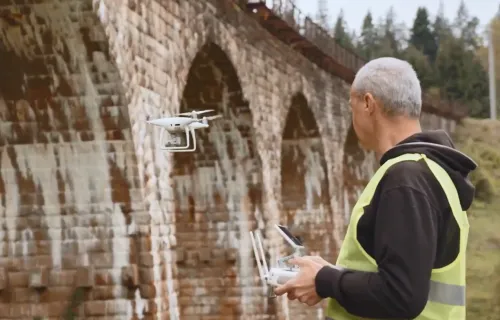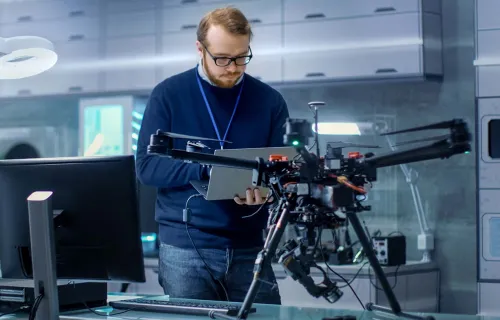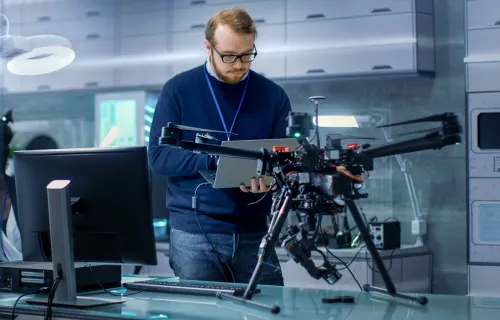Operational Technology (OT) has been described as a range of hardware and software technologies that form the central nervous system for an organisation. It supports the effective and efficient running of physical assets, resources or events through proactive monitoring, detection, and control. So I want to share some views and experiences of designing and implementing OT across a range of field-based remote projects.
New technologies
OT is able to observe, measure, report and act by increasingly using edge-compute, machine learning and machine vision through a range of physical devices to carry out these processes, typically in remote and hard to reach areas. Right now, OT is evolving; becoming more sophisticated in its use and applications in a range of different markets and settings, so it’s definitely an exciting area to watch and consider.
New ways of building solutions
We work with a number of organisations using Machine Learning as part of an overall OT solution. OT typically proactively monitors asset performance for which we have been using a ‘rapid test, learn and iterate’ approach to fast track effective solutions.
The following are some key insights, when building OT solutions:
- Start with the business challenge(s)/use case that had high value impact
- Created an OT Design Model, for example including Machine Learning algorithms, for the use case
- From this, build a data flow diagram to enable the solution to operate effectively
- We then build a Minimum Viable Product which was enabled in a live environment in order to capture data
- To achieve the best working model with the most accurate results, it can be helpful to build a dataset which can act as a reference point from which Machine Learning improvements could be made
- An example is using live operational data where we achieved 85-90% accuracy of asset performance monitoring, beyond what was historically possible with manual observation
- Once 85-90% accuracy was reached, the model was fine-tuned to achieve higher accuracy results.
How to plan for success
To ensure your OT project is successful, I believe it’s best to identify a core set of potential operational scenarios with planned mitigations to maximise success.
Example operational scenarios include:
- Data collected accurately and reflects the actual performance of the asset.
- Adequate training of the machine learning algorithm based on live data.
- Natural and artificial light sources affecting visual clarity of the solution.
- Future software updates of remote location OT.
- Lifespan of the OT unit, impacted by time and weather.
Operational Technology can have a profound effect on businesses when leveraged correctly, with the correct planning and implementation. If you would like to discuss your OT implementation and target outcomes you want to achieve, or have a more general chat around OT, feel free to contact me directly or visit our Operational Technology page.






